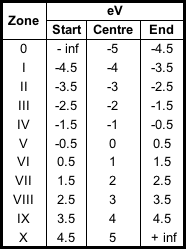
What is the connection between exposure and raw converters? Or, to put it another way, why consider exposure on this site?
For that, there are two reasons. First, we would like to discuss various photography-related topics. Second, the quality of the resulting image largely depends on the correct exposure, as do the time and the effort spent during the conversion.
Lets start with the definitions Adams suggested to the zones.
Recent comments